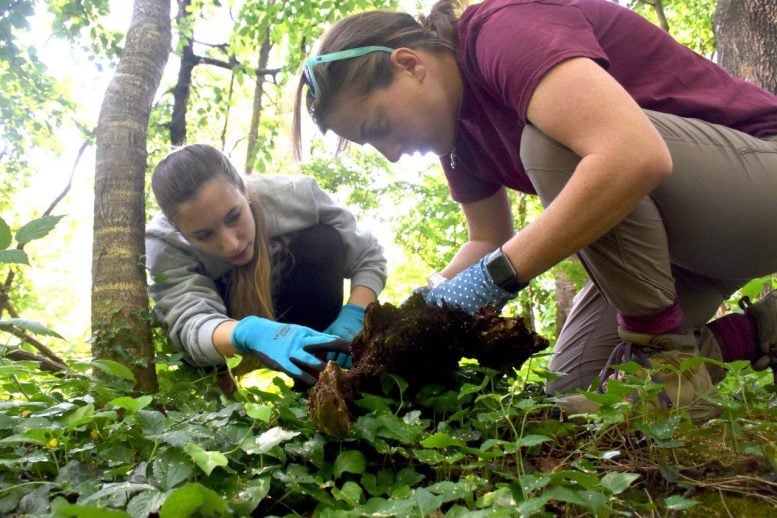
Hidden beneath the forest floor, the humble millipede may hold the key to treating pain and neurological diseases.
Scientists at Virginia Tech have uncovered a new family of complex molecules in the secretions of a native millipede species. These compounds, potent enough to confuse ants, also interact with human brain receptors linked to pain relief. Now, researchers are racing to synthesize these brain-tweaking molecules, potentially transforming one of nature’s oldest creatures into a surprising source of healing.
Millipedes’ Secret Weapon: A New Frontier in Drug Discovery
Millipedes get a bad rap — their many legs put people off and could classify them as “creepy crawly.” But these anthropods’ secretions could hold the key to new drug discovery for the treatment of neurological diseases and pain.
Chemist Emily Mevers and her team recently discovered a new set of complex structures in millipede secretions that can modulate specific neuroreceptors in ant brains.
The newly discovered structures fall into a class of naturally occurring compounds called alkaloids. The Mevers team named them the andrognathanols and the andrognathines after the producing millipede, Andrognathus corticarius, found on Virginia Tech’s Blacksburg campus in Stadium Woods. These discoveries were recently published in the Journal of the American Chemical Society.
Unlocking Hidden Pharmacies in the Forest Floor
Mevers specializes in leveraging the chemistry of underexplored ecological niches, in this case the millipede, in the name of drug discovery.
After collecting millipedes from under leaf litter and fallen branches in Stadium Woods, Mevers and team members used a variety of analytical tools to identify the compounds contained in the millipedes’ defensive glands. They also learned that the millipedes release these compounds to ward off predators while also sharing their location with their kin.

Mysteries of the Millipede World
Despite their pervasiveness, much about millipedes remains mysterious — including their specific habitats, numbers, diets, behaviors, and chemistry. Mevers, in collaboration with millipede expert Paul Marek in the entomology department, is working to fill in some of these gaps and see if what they uncover could be useful for future medications.
Previously, Mevers and Marek examined a millipede native to the Pacific Northwest, Ishchnocybe plicata, and discovered that related alkaloids potently and selectively interact with a single neuroreceptor called Sigma-1. The interaction suggested that this family of compounds may have useful pharmacological potential for the treatment of pain and other neurological disorders.
The Mevers group discovered that the new alkaloids are actively secreted from the Hokie millipede when it is physically disturbed. The secretions cause disorientation in ants, a presumed natural predator. A subset of these compounds possesses similar interactions with the Sigma-1 neuroreceptor.
From Millipede Trails to Medicine Cabinets
With the newfound complex compounds in hand, the next step is finding people to actually make them in larger quantities and evaluate their biomedical applications.
“These compounds are quite complex, so they’re going to take some time to synthesize in the lab,” said Mevers.
Once larger quantities are available, Mevers will be able to better study their properties and potential in drug development.
Reference: “The Discovery of Complex Heterocycles from Millipede Secretions” by Paige Banks, Carla Menegatti, Lin Du, Paul E. Marek and Emily Mevers, 17 July 2025, Journal of the American Chemical Society.
DOI: 10.1021/jacs.5c08079
Never miss a breakthrough: Join the SciTechDaily newsletter.